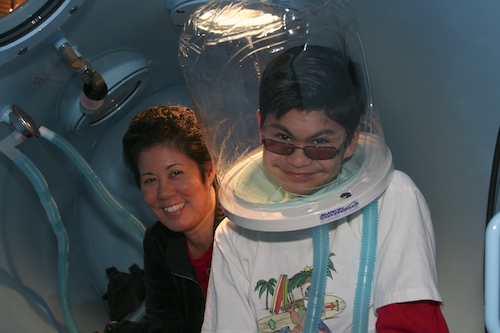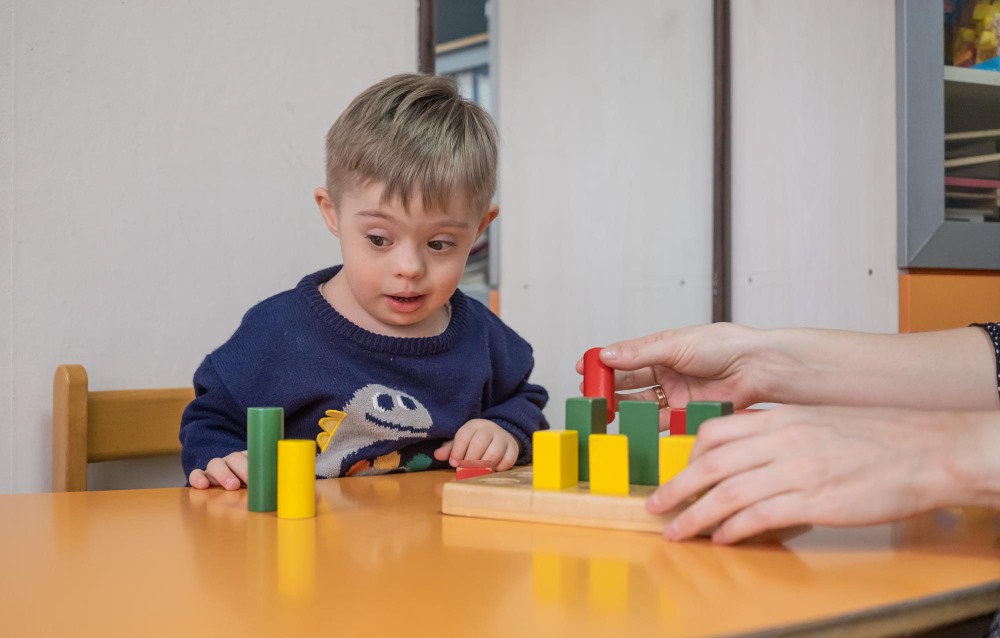Autism spectrum disorder, also known as ASD, is a neurodevelopmental disorder typically involving persistent problems with social interaction and reciprocal communication. Restrictive and repetitive movements, behaviors, and interests are also some important hallmarks of autism. Symptoms of autism are typically present during the early developmental phase of the child and might cause impairment in social, educational, and behavioral development. Among American children no older than eight years of age, the prevalence of ASD has been estimated to be about 54 percent.
Autism spectrum disorders can manifest differently, and to different degrees, in different individuals. It is also a multifactorial disorder caused by a variety of factors including environmental and genetic issues. The socioeconomic status of parents, the extent and quality of prenatal and perinatal care, toxin and drug exposure, etc. are some of the factors that can affect the severity of the symptoms and the unique presentation of the condition in any given individual. Immune dysregulation, inflammations in the brain, cerebral hypoperfusion, mitochondrial dysfunction, and oxidative stress are some of the physiological markers that have often been associated with ASD by medical experts and physicians.
Behavior regulation, regularizing sleep schedules, and impulse control are some of the areas where autistic children might require some form of medical intervention or therapeutic help. Pharmacotherapy and other types of behavioral interventions have often been known to yield results in such cases. Some of the alternative, non-invasive treatment options that have gained popularity among patients, caregivers, and healthcare workers alike, such as hyperbaric oxygen therapy (HBOT), have helped autistic children develop better social and communication skills, while at the same time acquiring a wider range of hobbies and overcoming their extreme dependence on routines and repetitive activities.
The Role of Hyperbaric Therapy for Autism
A hyperbaric chamber, which is essentially a sealed vessel made of metal or plastic, is used to deliver hyperbaric oxygen therapy to patients of all ages. Hyperbaric chambers can be either stationary or portable. They can be large enough to accommodate numerous patients at the same time or be designed for the use of a single person at a time. If they can be used by multiple people at once, they are known as multi-place hyperbaric chambers. On the other hand, a chamber that has been designed to be used by a single person at a time is known as a mono-place hyperbaric chamber.
In order to receive hyperbaric therapy for autism, a patient must step inside the chamber and remain there for a period of sixty to ninety minutes. Once the patient is inside, the hyperbaric chamber is sealed and 100 percent pure oxygen is administered to the patient at atmospheric pressure levels that are two to five times higher than the average air pressure at sea level. A mattress, a medicine cabinet, and a sealed, clear glass window are some of the common components that can be found inside a hyperbaric oxygen chamber. The patient can spend the duration of the therapy session taking a nap, reading a book, or watching television through the sealed, clear-glass window. The window can also be used by a medical professional to supervise the hyperbaric session from outside.
Use of HBOT in Children with ASD
Many of the patients who are treated with hyperbaric therapy for autism are under the age of eighteen. Studies have shown that hyperbaric therapy works well on patients of all ages, including children, adolescents, and senior citizens. Some of the major reasons why children with autism benefit from hyperbaric therapy are associated with the significant increase in cerebral perfusion caused by HBOT.
Inhaling pure oxygen at higher-than-average levels of atmospheric pressure often leads to the elevation of arterial partial pressure of oxygen in children. This, in turn, leads to a remarkable increase in the amount of oxygen being delivered to the brain. Hyperbaric therapy for autism also leads to a reduction in the amount of inflammation in the patient’s brain. This is because sufficient oxygen supply in the body and brain helps minimize the prevalence of pro-inflammatory cytokines. HBOT also upregulates the production of antioxidant enzymes and minimizes any mitochondrial dysfunction in children.
Numerous open-label studies and clinical trials have been conducted to evaluate the effects of hyperbaric therapy on autistic children. These studies have proved beyond a doubt that hyperbaric therapy for autism can lead to improvements in all the important domains of behavioral development in children. These domains include fine motor skills, social interactions, linguistic development, self-help skills, communication and self-expression, etc. The improvements are visible only after 10 or more hyperbaric sessions have been successfully administered.
In Conclusion
In countries around the world, physicians, pediatricians, and healthcare workers are recommending the use of hyperbaric therapy for autism as a viable and effective alternative treatment option for children with ASD. For the best results, however, parents and caregivers must be careful to choose reputed hyperbaric clinics and well-designed chambers for the treatment of their kids. This therapy could help parents manage the symptoms of autism and better equip their kids to become productive members of society.



